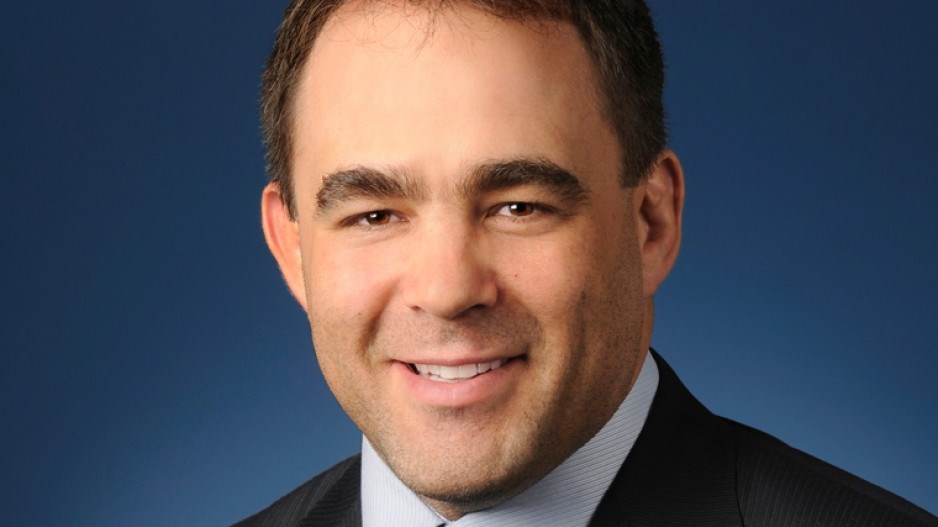As told to Nelson Bennett, Rose explains how he overcame funding and other hurdles to make his business dream a reality.
" I was a graduate student in theoretical physics at University of B.C. studying materials science. The objective of the research was to understand how physical objects behave when you cool them to almost absolute zero.
"The first few years of the company was mostly learning about the field, which wasn't expensive. The first cheque we got from Haig Farris was $4,000. The first serious money was approximately $500,000, which came from local angel investors in late 1999.
"We identified things that were in the scientific literature that looked promising in terms of ways to build computers better. We'd go to the people who were doing the work and would offer to finance research in exchange for full ownership of all the intellectual property that came of it. We had 15 research institutes and universities working on aspects of this problem for us. We got entire fields locked up, in terms of patents.
"That began the second phase of the company, in 2004, where we went from a collector of knowledge to an engineering company. Our first products were built using superconducting metals, not semiconductors.
"The stuff that's in your laptop today contains legacy ideas and components that were developed decades ago, and the world has moved on since then. Any computer that doesn't exploit quantum mechanics is archaic.
"This is redesigning – from the ground up – computing systems. You need to go to extraordinary lengths to allow these ideas to be embodied. There is nowhere else on Earth you can go to have these circuits built except us. We invest an enormous amount of money and mindshare in building the capability. What we're trying to do is eventually replace the entire semiconductor industry.
"The people who were annoyed at our success were not annoyed because of any technical reasons. They were annoyed because they saw us as a threat to their continued funding. We came along and did it cheaper, faster and better, and that was considered an affront. This hardware is extremely good at what is probably the single most important issue today in computer science: how do you make computers behave like humans? Lockheed Martin is working on a foundational problem of complex machines, and that's verification and validation. They bought a [D-Wave] system to do this work.
"We're about to launch a developer portal. The idea here is, we provide all the software tools that we have to the world at large so that they can go out and develop applications for the technology. The philosophy is to make it absolutely free to do this, where if you contribute code or ideas to this project, anybody can use them for any reason, including commercial use.
"These things are going to be the key components to building machines that are as intelligent, or more intelligent, than humans. When that happens, that is going to be a technological transformation that's unlike any that has ever happened." •




